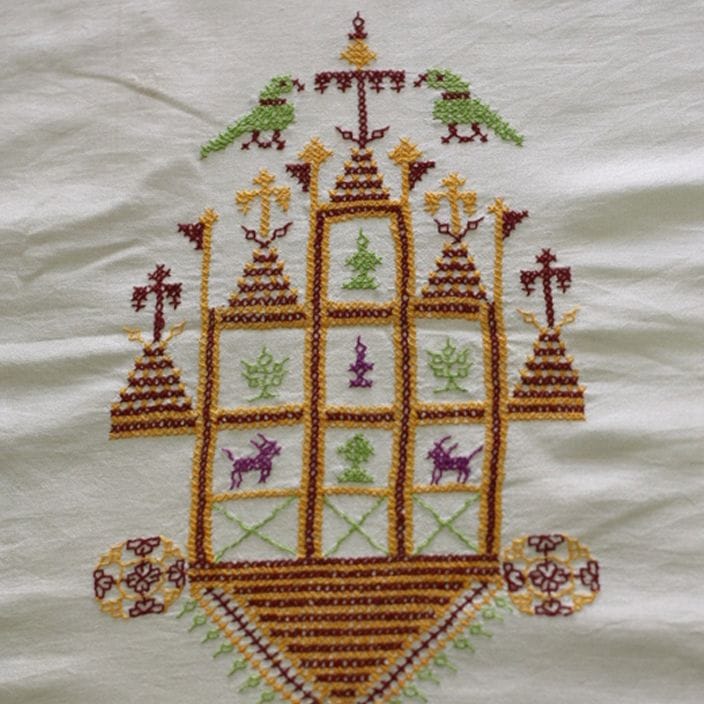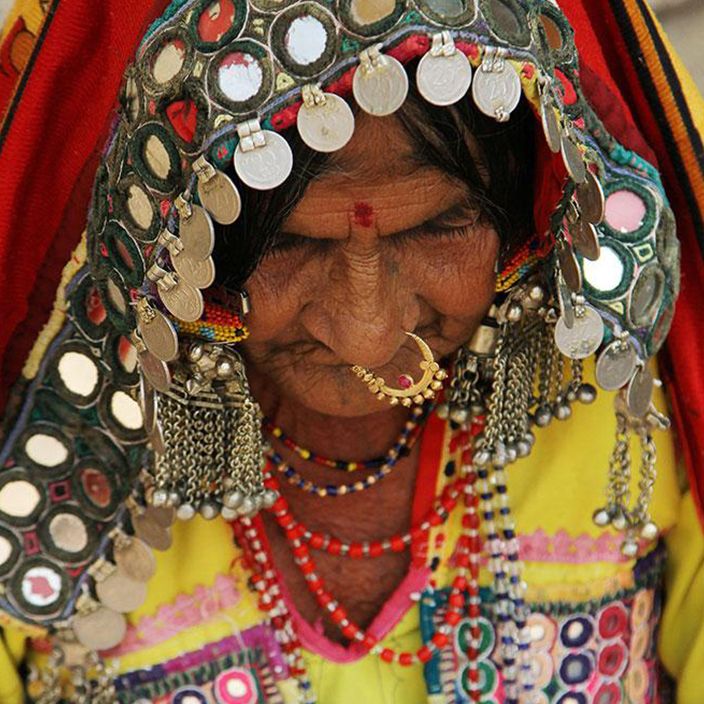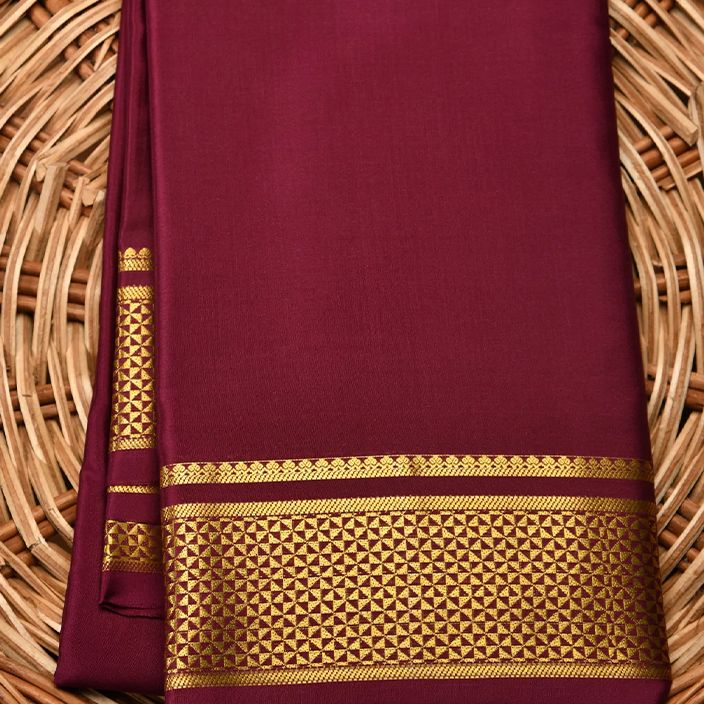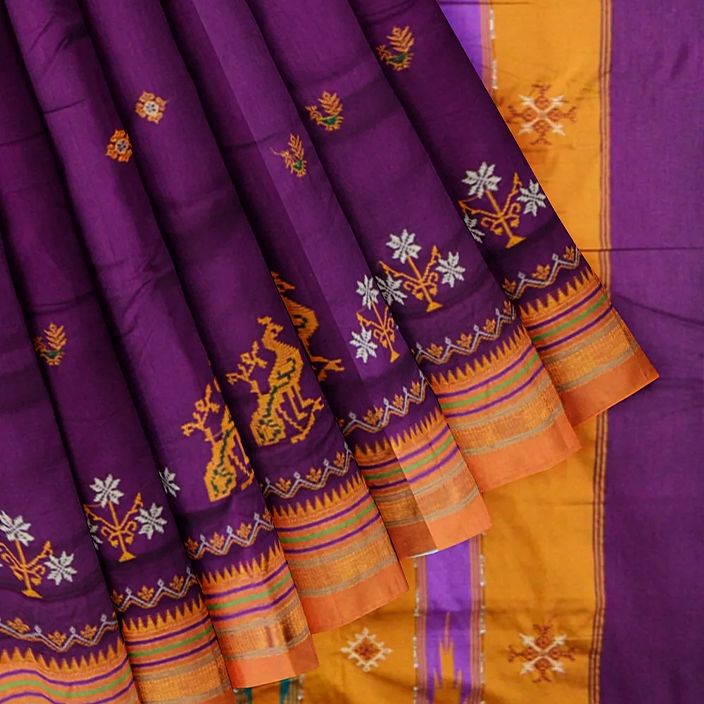For best prices and early deliveries, WhatsApp us at. 918488070070
Karnataka
Originally known as Mysore, the state was renamed Karnataka in 1973. Located in the country's south-western region, the state is famous due to attractions like the Murdeshwar and Virupaksha Temple, Mysore Palace, Malpe Beach, Pattadakal, Mahabaleshwar Temple, Gokarna Beach, and many more. It is bordered by the four southern-Indian sister states, including Telangana, Andhra Pradesh, Tamil Nadu, Kerala, and others like Goa and Maharashtra. Karnataka was assumed to have been deeply connected with the Indus Valley Civilization. Most of the state was created under the Nanda Empire before Ashoka’s Mauryan Empire took over. Subsequently, native Kannada empires like the Badami Chalukyas, Rashtrakuta, and Western Chalukya also ruled over the state. Like any other state, Karnataka has a rich and diverse culture. It is unmistakably beautiful and beholds a glorious splendour that people all over the world admire deeply. Languages like Konkani, Byari, Tulu, Urdu, Kannada, and Kodava are spoken there, making it multilingual and distinctive from other states.
Traditional Clothing In Karnataka
Women
The women of Karnataka traditionally wear sarees, mainly made with silk, while teenage girls adorn silk co-ord sets consisting of a skirt and blouse. As the silk hub of India, the state produces a variety of silks to pick and choose from. Besides silk, designers also seek high-quality brocade, crepe, and chiffon for sarees. However, an authentic Karnataka saree will always be made using silk.
Generally worn by young women, the ‘langa davani’ is a two-piece set known as a half-saree. Since they are easier to wear and can simply be slipped on, many young women prefer to wear karnataka traditional dresses. It is gifted as a blessing by families on special occasions.
In Kodagu, a rural district in Karnataka, women style their sarees differently than usual. The pleats are tied off at the back while the pallu is placed over the shoulder. Made using cotton and silk, these sarees are zestfully covered with vibrant prints and patterns.
Men
The traditional staple Karnataka clothing for men is called a ‘panche’. It is a type of sarong worn with a shirt or kurta under the waistline and is a skirt. This garment is more popular as a lungi, veshti, or dhoti in other Indian states.
A rectangular piece of silk or cotton fabric, similar to a muffler or stole, called an ‘angavastram’ is used to cover their shoulders. It is adjusted on their neck and is worn as a symbol of respect towards elders, spiritual gurus, and guests. The angavastram is typically paired with a matching or contrasting coloured panche regularly by men from rural areas. Lastly, men cover their heads with the ‘Mysore Peta’, a turban that persists as the customary headwear in the state. This turban was earlier worn only by the royals in the early 13th Century.
Staple Jewellery & Accessories
The ‘netri chutti’ is a hair/forehead ornament usually worn by brides or during religious ceremonies. It is essentially a maang tika which is supposed to hang from a woman’s hair to her forehead. ‘Mavinakayi Addigai’ is a gold necklace embedded with red and green gemstones and serves as a crucial element to complete a bride’s look.
Karnataka is famous for its gold jewelry, with intricate designs and filigree work being a hallmark of the state's jewelry tradition. Tamil Nadu is known for its temple jewelry, which is characterized by heavy gold ornaments studded with precious stones, and is often worn by women during religious ceremonies and weddings.
A ‘Laxmi Sara’ is a necklace with a gold chain with gold coins secured onto its length. ‘Kadagas’ refers to a set of bangles seen on the wrists of almost all women in the state. Mainly worn by children, the ‘Vyaghra Nakhas’ is a gold necklace representing a tiger’s courage. It is believed that this necklace repels evil spirits.
Fashion Evolution
While the culturally rich state of Karnataka has succeeded in preserving its history and traditions, there have been significant changes. In today’s ever-changing times, urban culture has spread throughout the state and influenced the way people dress. Modern twists have been added to traditional outfits to make them wearable daily, affecting the state’s handloom sector.
Despite facing several challenges in the long term, Karnataka is still prevalent as one of India’s major silk hubs. Cultural departments of the state government are working with fashion schools like NIFT to introduce traditional techniques for producing silk, educating interested students in handicrafts. These measures have led to the state continuing to notably grow more and aid in improving the living standards of local artisans.



